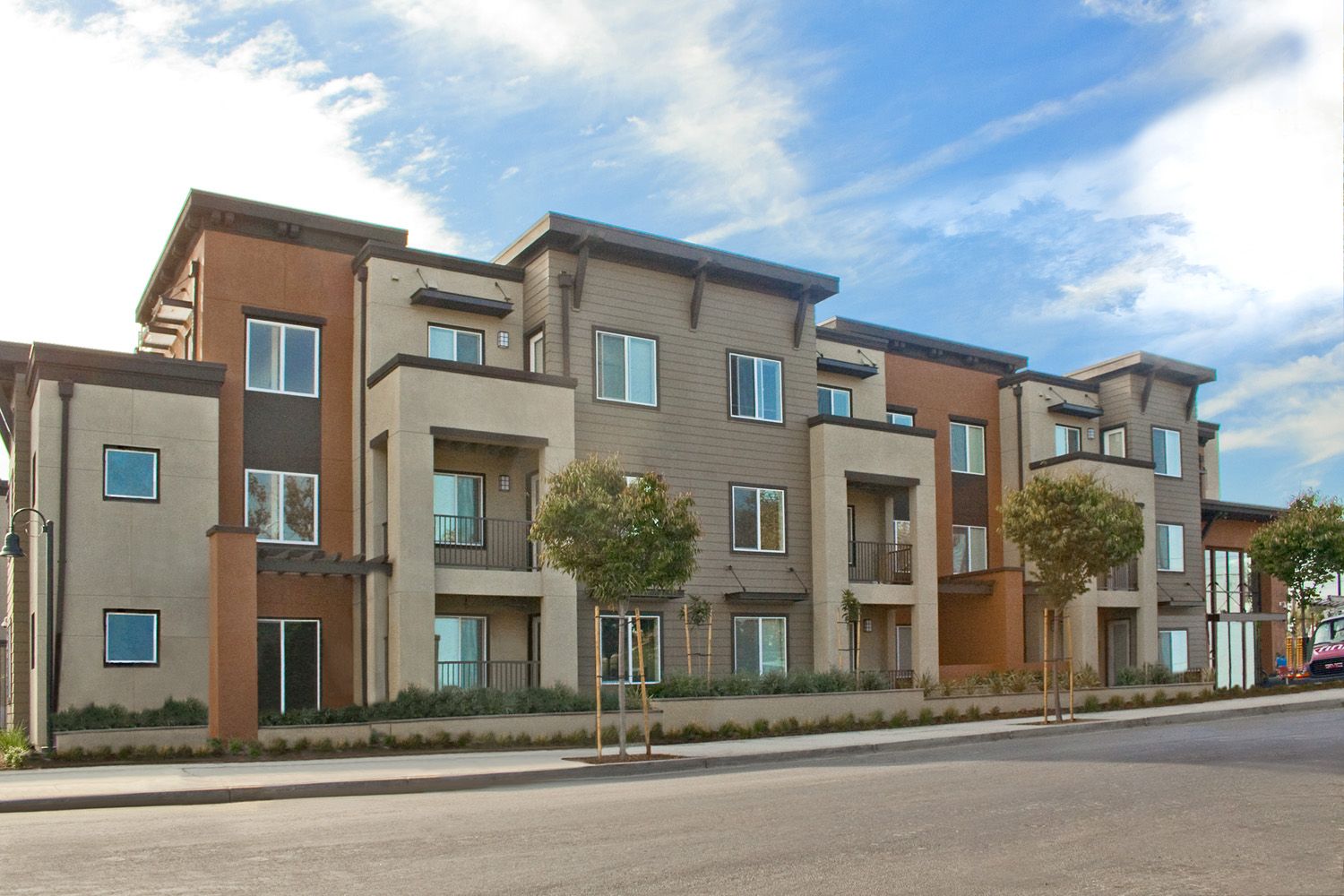
Impact Fees
At a Glance

Type: Financial tools
Where tool is used: Residential neighborhoods and downtowns/transit corridors (usually applied jurisdiction-wide)
Timeline: Medium-term
Who implements: Jurisdictions
Relative density impact: Medium
Impact fees are imposed by jurisdictions on new development to provide new or expanded public facilities or services, such as roads, transit, parks, schools, and public safety facilities. As housing prices continue to rise and funding sources for affordable housing decline (most notably through the elimination of redevelopment funding), jurisdictions are increasingly looking to impact fees as a way to fund affordable housing.
Housing impact fees can be applied to either new residential or commercial development, or both. Before a jurisdiction can impose an impact fee, it must demonstrate a connection between the impacts of development and the fees charged. For housing impact fees, an affordable housing nexus study is required. A housing nexus study analyzes the amount of new development expected, the number, type, and wage of new jobs (direct or indirect) resulting from new development, and the corresponding need for affordable housing to serve those workers who earn lower wages. Based on that analysis, the study establishes the maximum impact fee that can be charged to developers.1 Because the maximum fee level identified in the nexus study may not be realistic given the particular housing market or the jurisdiction’s current fee structure, a feasibility study is often performed to recommend a fee level that doesn’t deter new development.
Once collected, impact fees are deposited into a local housing trust fund or similar fund, and then used to help finance affordable housing, which is often built by nonprofit housing developers.
In 2014, through an effort called the Grand Nexus Study, fifteen cities in San Mateo County plus Palo Alto jointly hired consultants to prepare customized nexus and feasibility studies for residential and commercial impact fees for each city and the County. The study estimated that if each jurisdiction in San Mateo County established housing and commercial impact fees, the development currently proposed countywide could generate over $470 million.2
The following jurisdictions in San Mateo County have enacted impact fees on residential or commercial development:

Key Benefits
- Impact fee ordinances make developer’s financial obligations clear at the outset, providing certainty and reliability to the development process.
- Funds collected can be targeted to each jurisdiction’s particular affordable housing needs, such as preservation, rental assistance, financing for new construction, home improvement loans, or first-time homebuyer loans.

Community Considerations
- When establishing impact fees, jurisdictions must consider:
- Current and projected housing and commercial development market
- Whether neighboring jurisdictions are charging impact fees and how much
- How impact fees fit into other existing fees on new development
- Housing impact fees do not discourage development if they are designed and implemented well. Jurisdictions often perform feasibility analyses to identify fee levels that won’t negatively impact development.
- Impact fees have not been found to increase the cost of market-rate housing. In high-cost housing markets, property owners and landlords already command the maximum prices or rents that market will bear, and housing impact fees are unlikely to increase them further.

Community Engagement Strategies
- Engage your community: When considering adoption of impact fees, engage participation and input from residents, developers, community groups, and other stakeholders on program design and use of funds.
- Educate your community: Demonstrate the benefits of impact fees by tracking and publicizing the units built and preserved, renters and homebuyers helped, and dollars leveraged.

Resources
1, 2 The Grand Nexus Study: A Collaborative Effort to Study Residential and Commercial Impact Fees to Support Affordable Housing in San Mateo County. Prepared by 21 Elements. March 2016.
3 Housing Impact Fees: A Guide for San Mateo County, Housing Leadership Council, San Mateo County.